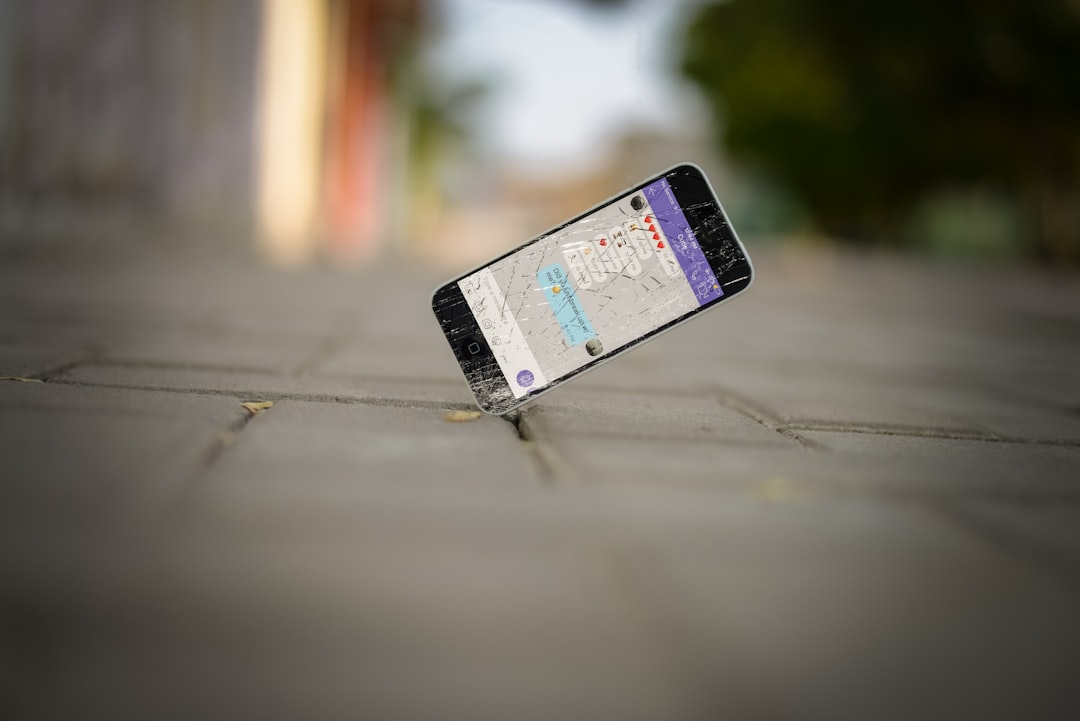If you’re a music enthusiast or simply someone who enjoys organizing audio and video files, you’ve probably asked yourself: Can I create playlists on a Cone media player? The answer isn’t as straightforward as a simple yes or no—it depends on which version or adaptation of the Cone media player you’re referring to. In this article, we’ll explore what Cone media player is, its capabilities, and whether playlist functionality is something users can count on.
What Is Cone Media Player?
Cone media player is a minimal and streamlined audio/video player designed to offer simplicity combined with solid performance. It originated as a front end for the VLC Media Player, one of the most powerful open-source multimedia frameworks. While VLC focuses on offering every conceivable feature, Cone sets itself apart by prioritizing an uncluttered user interface that caters to users who want “just a player.”
Over the years, there have been multiple interpretations and forks of Cone—ranging from desktop applications to mobile versions—which has led to some confusion about what features are available in which version.
Does Cone Support Playlists?
For users hoping to manage their media via curated lists, good news: some versions of the Cone media player do support playlists. However, there are a few caveats to consider:
- Minimalist Design: Traditional playlist interfaces filled with features like drag-and-drop functionalities and metadata editing are not the norm with Cone.
- Basic Playlist Formats: Cone supports basic playlist file types such as .m3u or .pls if manually configured.
- Manual Editing: In some cases, users need to edit configuration or playlist files manually using a text editor.
So while you won’t find a flashy playlist creation interface with album art and real-time syncing, you can still organize media through external playlist files. This is particularly useful for users who enjoy a hands-on, DIY approach to media management.

How to Create and Use Playlists with Cone
Creating a playlist with Cone depends on your operating system and the version you’re using. Here is a general approach to get you started:
- Create a Playlist File: Open a text editor and list the file paths of the media files you want to include in the playlist. Save this file in the .m3u format.
- Load the Playlist: Open Cone and load the saved playlist through the file menu or command line, depending on your version.
- Playback: Once loaded, Cone will play the files in the sequence specified in your playlist file.
This method offers a high level of customization but little in the way of automation. For casual users, this could be a hindrance, but for power users, it’s a flexible, low-resource solution for media management.
Mobile Versions and Limitations
If you’re using a mobile version of Cone, particularly those adapted for iOS or Android platforms, the situation changes significantly. These versions tend to emphasize playback over file management and may not support playlist functionality at all, or only support it through imported files.
Also, mobile ecosystems typically limit access to local file systems, making manual playlist creation more complex. It’s always best to check the app’s documentation or user forums for platform-specific solutions.

Alternatives and Workarounds
If playlist creation is critical for your experience and Cone doesn’t quite meet your expectations, consider some of the following workarounds:
- Use VLC Instead: Since Cone is a frontend to VLC, switching to VLC offers comprehensive playlist support.
- Third-Party Tools: Utilize external tools to generate playlist files, which can then be loaded into Cone.
- Scripts and Automation: On desktop platforms, use scripting languages to dynamically generate and manage playlist files for Cone.
Conclusion
In summary, yes, it is possible to create playlists on a Cone media player, but the process may not be as user-friendly or feature-rich as with more mainstream media players. Those who appreciate minimalism and control can find ways to make it work effectively. However, for users looking for effortless playlist creation with graphical interfaces and advanced features, exploring alternatives like VLC may be the better path forward.
Understanding what kind of user experience you’re after will go a long way in deciding whether Cone—with its basic yet functional playlist capability—is the right tool for the job.



